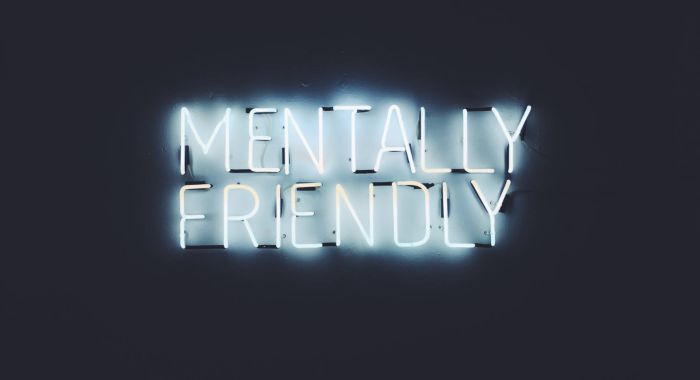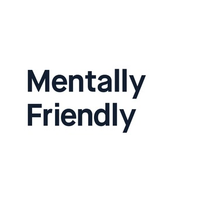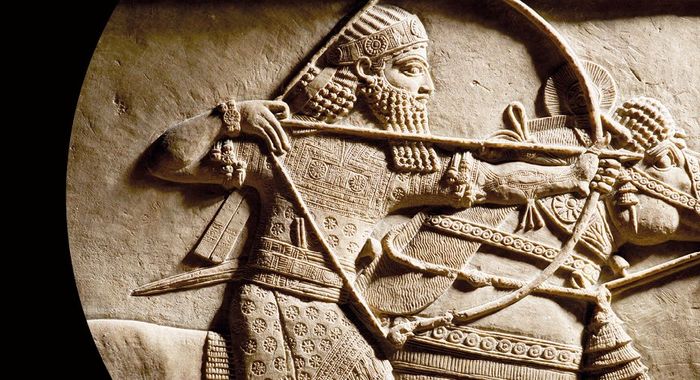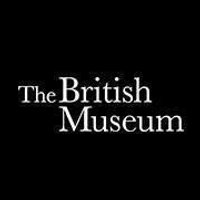Assited in the production of the following agency project case study:
An Audio Guide 257 years in the making
The British Museum opened its doors in 1759, so by the time 2009 came around technology was equipped to showcase its vast collection, and their first comprehensive audio guide was launched.
With rapid advancements in digital tech, the beloved institution was eager to iterate on this product and so in 2015 set about completely remodelling their audio guide.
With over eight million objects and counting housed within its illustrious walls, and an annual visitor rate pushing seven million — the new guide needed to be futureproof and above all accessible.
The Museum teamed up with Mentally Friendly and was sponsored by Korean Air to collaboratively build, test and launch this new version of their flagship on-site digital product, used by tens of thousands of visitors per year.
"Listening to user needs without focusing on any pre-conceived ideas about what an audio guide is was key" Robert Boyett, Product Director, MF LDN
Our objectives were clear from the beginning. It was all about ease of use not only for the user but also for the content team who would need a platform that was easy to update and adapt to the ever changing inventory of the museum. We needed to:
- Develop an intuitive and user-centric product based on the unique needs of the Museum’s visitors
- Replace an existing and outdated product with a mobile Android product
- Establish a robust content management platform and workflow to provide most up-to-date content to visitors
- Improve access to the Museum’s collection with new content, audio description and British Sign Language
The British Museum team took an integrated approach to the project, involving key internal stakeholders. UX and UI design was driven by a user-centric process, focussing on empathy with users (and the collection) through in-depth research, and interviews and testing with hundreds of Museum visitors. The Museum and Mentally Friendly teams worked closely together to ensure a shared vision was held and nurtured from beginning to end. From sprint planning to co-design we worked at their offices and maintained an active slack channel when separated. Working together, the product would be brought to life through rapid prototyping and refined through frequent user testing.
To ensure the creation of a lean and efficient application with focus on the project objectives, the app was built using native code. The first release was built on the Android 5.0+ (Lollipop) platform. This provided a stable starting point in terms of design and technology for future releases.Not only vastly more affordable, Android also afforded us the opportunity to utilise the all important kiosk mode to ensure users didn’t lose their progress or get tempted to play Crossy Road whilst touring the museum.
To make wayfinding a breeze, objects in galleries were overlaid on an updated version of the handy Google indoor map of the Museum. The turn-by-turn audio and visual directions help visitors following tours find artefacts and objects easily.
Behind the scenes
To make it easy for those folks behind the scenes at the museum we included a number of management features:
- Integration of NFC technology so staff can easily switch between products and end a visitor’s session to automatically send their personalised souvenir.
- Auto turn-off of wifi usage to limit network congestion in the Museum to accommodate up to 1,000 devices in circulation at any one time.
- In-app notifications to communicate to visitors when objects go off display for study, conservation, loan, photography or other reasons.
- Auto-scheduling of staggered overnight content updates for devices to ensure visitors experienced the most up-to-date content.
We carried out a variety of user testing scenarios throughout the build including simple paper prototypes as well as early beta versions of the audio guide. The user research carried out by the British Museum beforehand was invaluable to creating a user-focused product. This included extensive persona research which laid the foundation for the next major project we would tackle with the museum. Of course, accessibility was of huge importance:
And use it they did! Our main goal was to increase the uptake of audio guide usage from 2% to 4% by the end of 2016 but within six months we had already hit that target. At peak time in June the usage up by 5% and the museum sold a whopping 67,000 units.The audio guide, was launched in December 2015. Any one of the 6.7 million annual visitors can hire one of the 1,000 Android devices for £6 to explore the Museum’s nearly 70 galleries. Look out for upcoming features including security features that utilize beacon technology.Working on the audio guide was just the start of our relationship with The British Museum and soon after we began working on a brand new museum website featuring some cutting edge tech that’s sharper than a Samurai sword (Rooms 92–94 in the museum).



